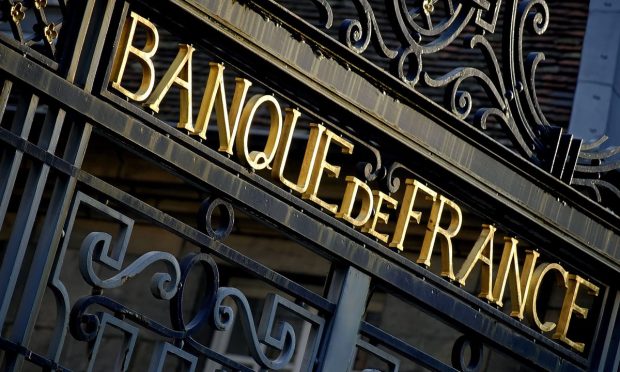Banque de France Enters Second Phase of Wholesale CBDC Project

Banque de France (BDF) Governor François Villeroy de Galhau said the BDF has kicked off the second phase of experimentation into a wholesale central bank digital currency (CBDC), which could be used to streamline domestic and cross-border transactions between banks.
In a speech announcing the news Tuesday (July 12), Galhau first started off discussing the more familiar topic of a retail CBDC for the eurozone and the ongoing efforts of the European Central Bank (ECB) to create a usable digital euro in the coming years.
He said there are two main advantages to be gained from also developing a wholesale digital euro, and the BDF could launch such a CBDC as early as next year.
The first use case for a wholesale CBDC, Galhau said, is the tokenization of securities.
“A wholesale CBDC could be used for the settlement of such securities issued on [distributed ledger technology (DLT)], which is essential to prevent market and liquidity fragmentation,” he said in the speech. “This technology also streamlines the information flows in financial markets, from trading to exchange procedures and settlement.”
The second use of a wholesale CBDC noted by Galhau is for cross-border and cross-currency settlements.
So far, Galhau said the BDF’s experiments have resulted in two key technologies for the implementation of a wholesale CBDC
Firstly, he said, the BDF has developed “a proprietary DLT technology, called DL3S. This blockchain has been entirely designed by the Banque de France in order to meet the needs and expectations of market participants as a permissioned blockchain with efficient delivery and settlement services, using CBDC.”
Secondly, Galhau pointed to the BDF’s automated market maker (AMM) platform. He said the AMM platform was inspired by the decentralized finance (DeFi) markets and “could serve as the basis of a multi-CBDC platform where different central banks come together to enable fast, automated and transparent settlement across currencies.”
Earlier this week, PYMNTS wrote about some of the key issues surrounding the upcoming digital euro, diving into what it is, why it’s needed, and what to expect when it goes live.
Read more: Like Its Predecessor, the Digital Euro Will Require Security, Mobility
For all PYMNTS EMEA coverage, subscribe to the daily EMEA Newsletter.
